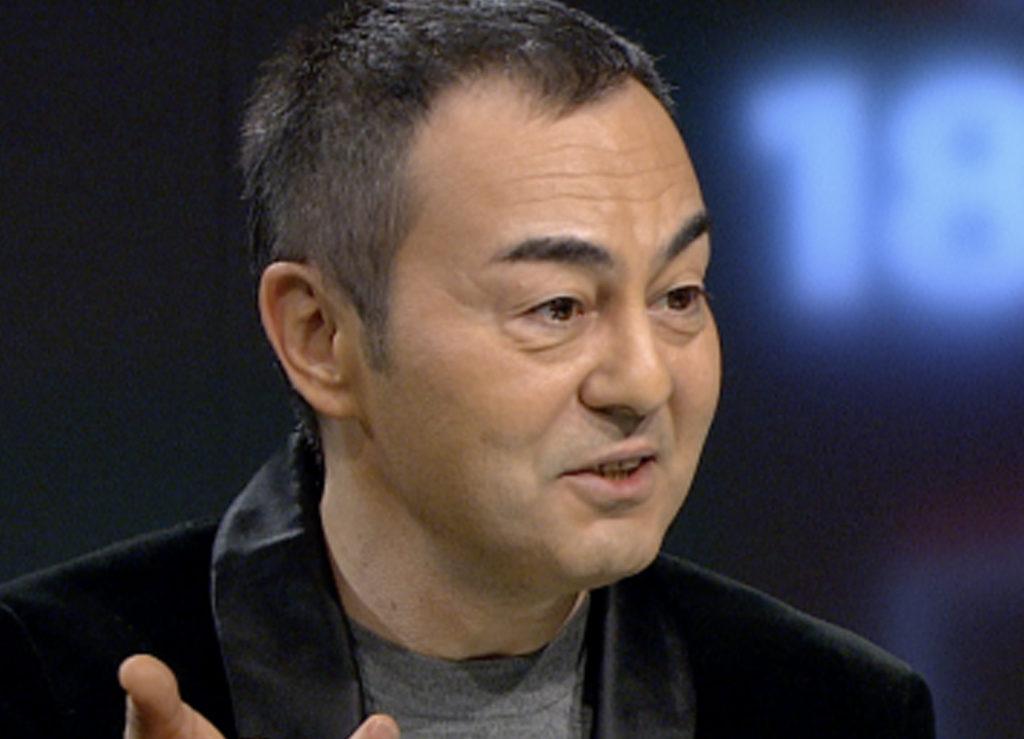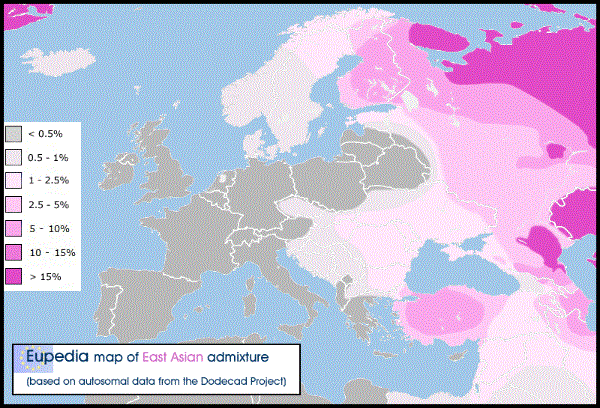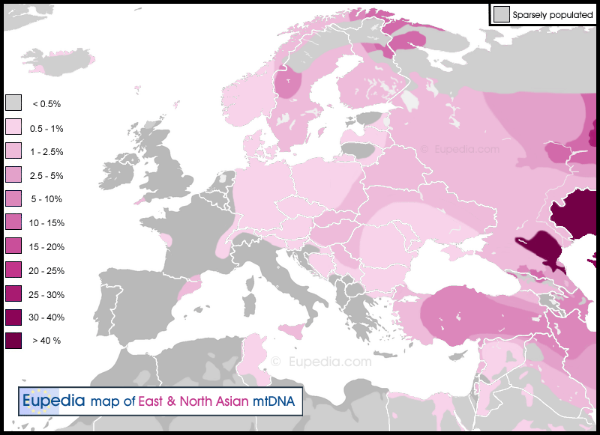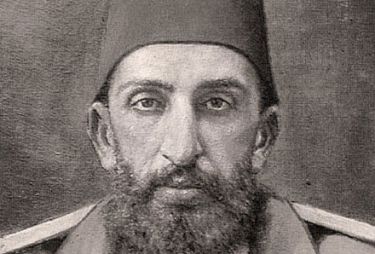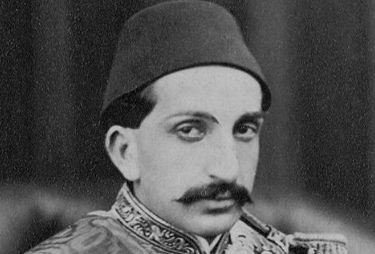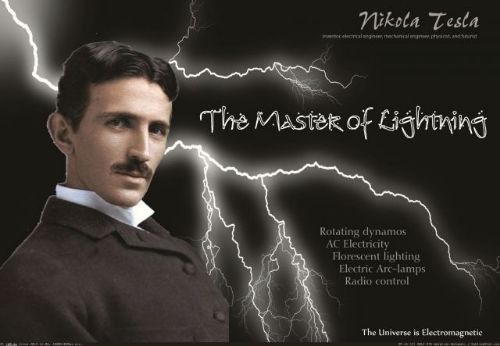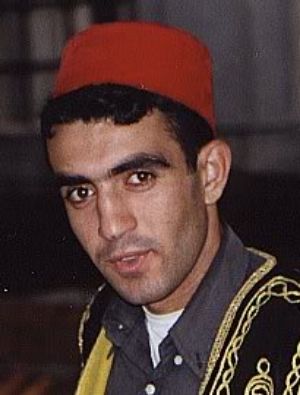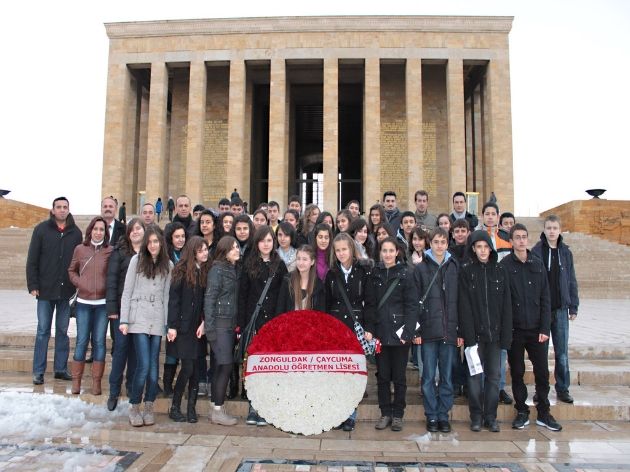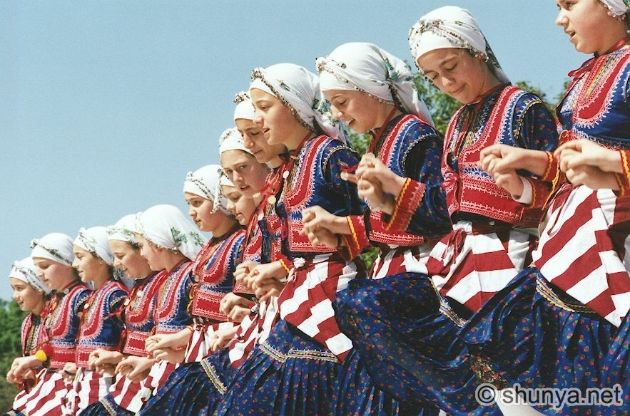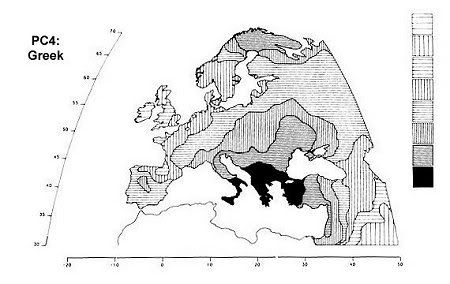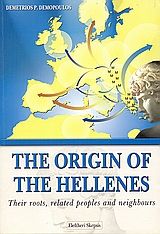Post by Admin on Nov 3, 2022 16:38:16 GMT



The bouzouki (/buːˈzuːki, bʊˈ-/,[1][2] also US: /bəˈ-/;[3] Greek: μπουζούκι [buˈzuci]; alt. pl. bouzoukia, from Greek μπουζούκια), also spelled buzuki or buzuci, is a musical instrument popular in Greece. It is a member of the long-necked lute family, with a round body with a flat top and a long neck with a fretted fingerboard. It has steel strings and is played with a plectrum producing a sharp metallic sound, reminiscent of a mandolin but pitched lower. There are two main types of bouzouki: the trichordo (three-course) has three pairs of strings (known as courses) and the tetrachordo (four-course) has four pairs of strings. The instrument was brought to Greece in the early 1900s by Greek refugees from Anatolia, and quickly became the central instrument to the rebetiko genre and its music branches.[4] It is now an important element of modern Laïko pop Greek music.
History

Bouzouki in the Museum of Greek Folk Musical Instruments in Athens

The tambouras of Yannis Makriyannis in the National Historical Museum, Athens
The Greek bouzouki is a plucked musical instrument of the lute family, called the thabouras or tambouras family. The tambouras existed in ancient Greece as the pandura, and can be found in various sizes, shapes, depths of body, lengths of neck and number of strings. The bouzouki and the baglamas are the direct descendants. The Greek marble relief, known as the Mantineia Base (now exhibited at the National Archaeological Museum of Athens), dating from 330–320 BC, shows a muse playing a variant of the pandoura.[7][8]
From Byzantine times it was called first pandoura and then tambouras.[9] On display in the National Historical Museum of Greece is the tambouras of a hero of the Greek revolution of 1821, General Makriyiannis.
Other sizes have appeared and include the Greek instrument tzouras, an instrument smaller in size than standard bouzoukia.
The bouzouki arrived in Greece following the 1919–1922 war in Asia Minor and the subsequent population exchange between Greece and Turkey. The early bouzoukia mostly had three courses (six strings in three pairs, known as trichordo) and were tuned in different ways, according to the scale one wanted to play. At the end of the 1950s, four-course (tetrachordo) bouzoukia started to gain popularity. The four-course bouzouki was made popular by Manolis Chiotis, who also used a tuning akin to standard guitar tuning, which made it easier for guitarists to play bouzouki; this angered purists, but allowed for greater virtuosity and helped elevate the bouzouki into a truly popular instrument capable of a wide range of musical expression. Recently the three-course bouzouki has gained in popularity. The first recording with the four-course instrument was made in 1956.[10][11]
The Irish bouzouki, with four courses, a flatter back, and differently tuned from the Greek bouzouki, is a more recent development, stemming from the introduction of the Greek instrument into Irish music by Johnny Moynihan around 1965. It was subsequently adopted by Andy Irvine, Dónal Lunny, and many others,[12] although some Irish musicians, such as the late Alec Finn, continued to use the Greek-style instruments.[13]
en.wikipedia.org/wiki/Bouzouki
Irish Bouzouki


